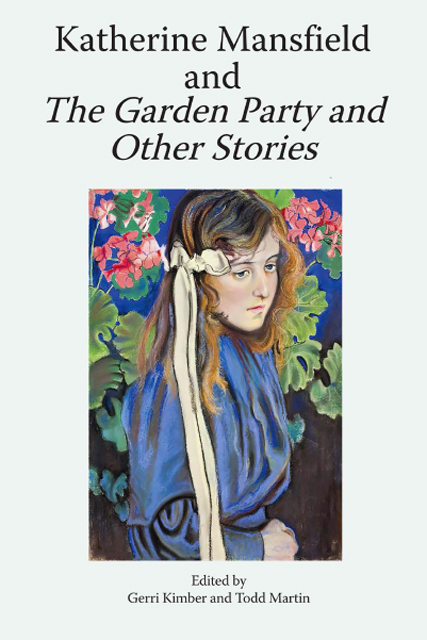Redefining ‘Photographic Realism’ in the Short Fiction of Katherine Mansfield
Published online by Cambridge University Press: 03 June 2023
Summary
‘Ah, but in my art rhymes don’t matter. Only truth and the sun.’
– Julia Margaret Cameron in Act III of Freshwater: A ComedyThe word ‘photographic’ has two slightly different meanings. One simply means something related to photography, while the other is a distortion of this, referring to ‘minutely accurate’ renderings of a visual scene in life. It is this latter sense which Virginia Woolf evokes disapprovingly in a letter to Vita Sackville-West, asking her to question ‘what made [Tolstoy’s] realism, which might have been photographic, not at all; but on the contrary moving and exciting and all the rest’. To see this remark as evidence of modernist writers’ – or even Woolf’s – unanimous disavowal of a photographic way of seeing in literature is misleading, and so the aim of this essay is to recentre the more expansive definition of ‘photographic’ in order to uncover the myriad ways this burgeoning art form influenced the work of Katherine Mansfield.
In a short essay entitled ‘Royals’, Woolf demonstrates photography’s dependency on life for its meaning by examining contemporary photojournalism of royalty. ‘We must call up battles and banners and many ghosts and glories before we see whatever it is that we do see in the picture of a child feeding a bear with a bun.’ The spectator’s knowledge of the photograph’s referent determines whether or not they can ‘see’ the image – and what we see is a royal child worthy of reverence. Woolf’s theoretical stance on photography’s contingency is shared by Roland Barthes in Camera Lucida (1980). Barthes describes how ‘a photograph cannot be transformed (spoken) philosophically, it is wholly ballasted by contingency of which it is the weightless, transparent envelope’. For Barthes, the photograph comes as close as possible to a perfect simultaneity between the signifier and the referent because ‘it is as if the Photograph always carries its referent with itself’. It should not be overlooked that Barthes describes the photograph using the image of a ‘transparent envelope’, lifted from Woolf’s essay ‘Modern Fiction’ (1925), and while these lines may be oft quoted in Woolf criticism, they nonetheless reveal a fascinating intertextual relationship here. Woolf argues that it is the novelist’s task to convey a human mind’s experience of life as it truly is, ‘a luminous halo, a semitransparent envelope surrounding us from the beginning of consciousness to the end’.
- Type
- Chapter
- Information
- Publisher: Edinburgh University PressPrint publication year: 2022



